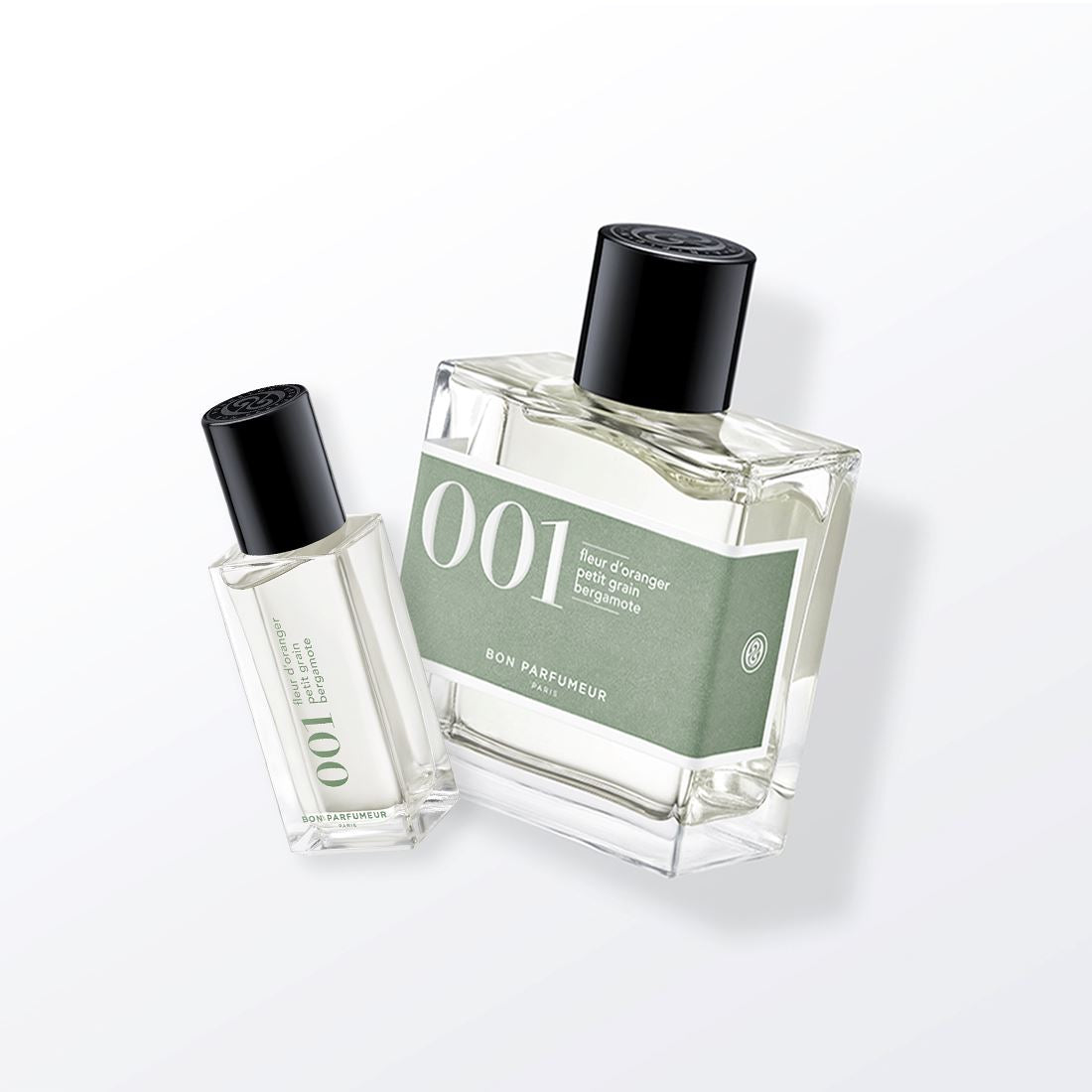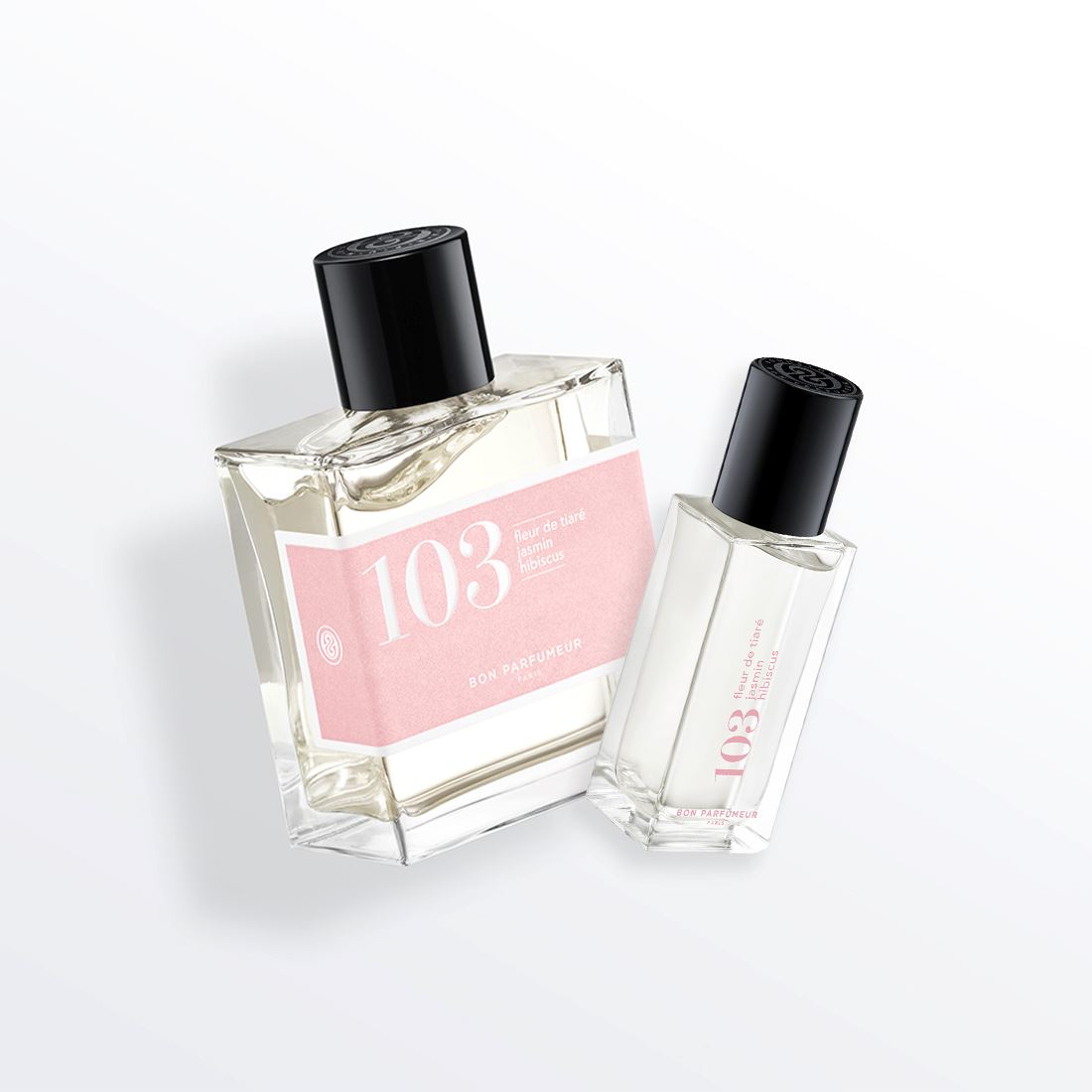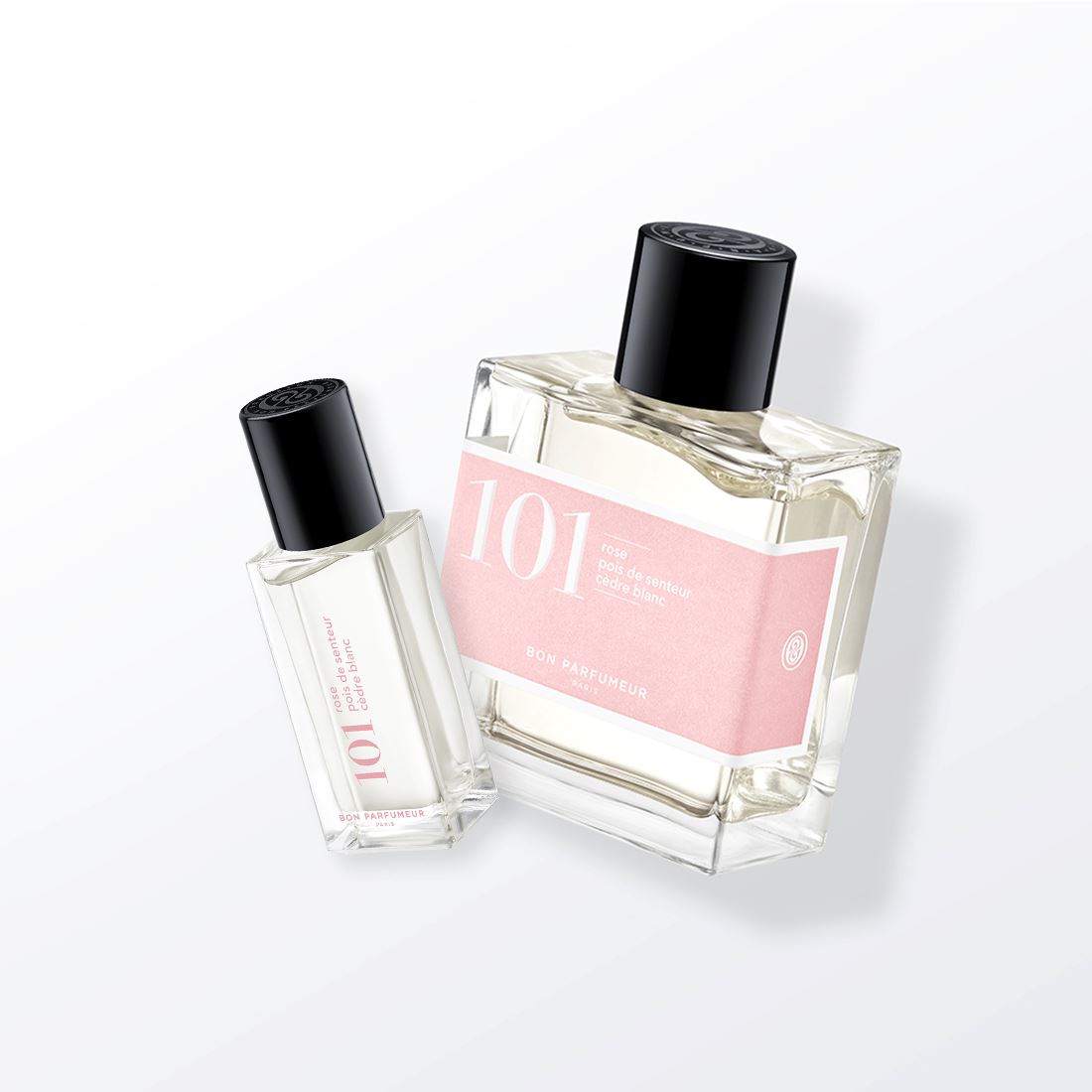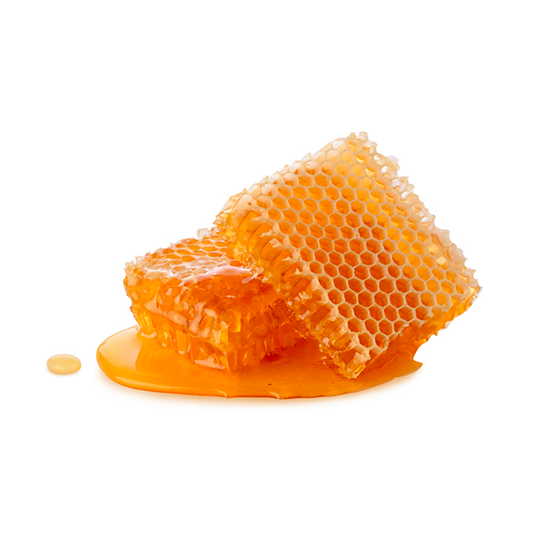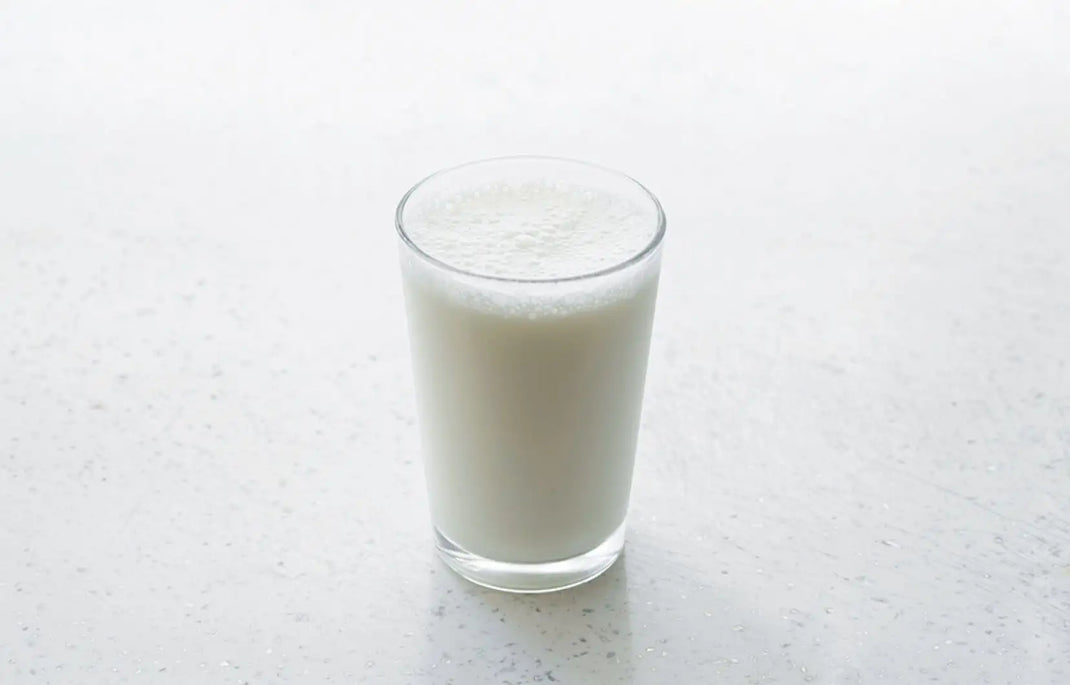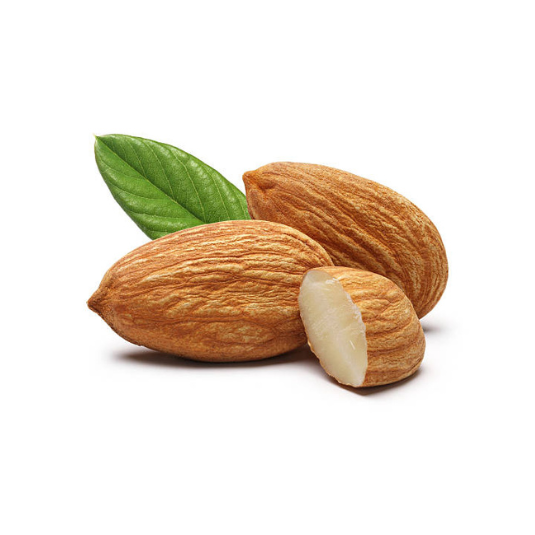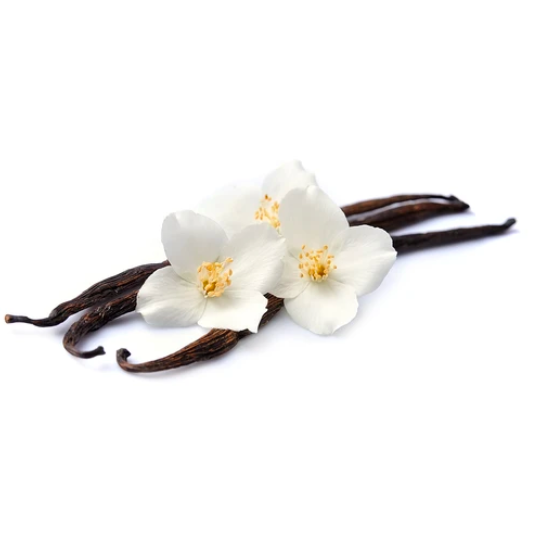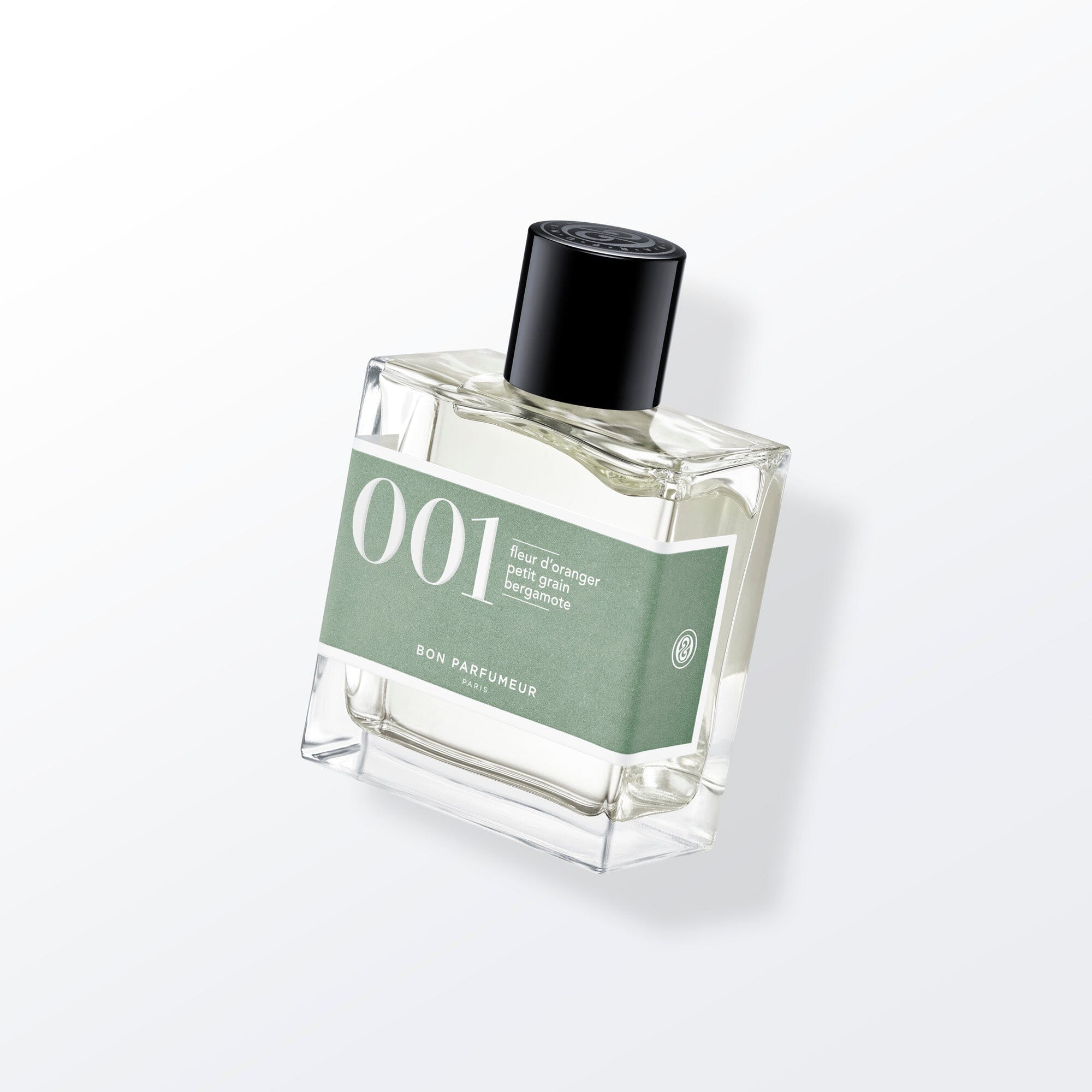What does the word "honey" mean ?
The word "honey" has a long and ancient history, and its etymology can be traced back to Old English and even further.In Old English, the word for honey was "hunig," which is similar to the Old High German word "honag" and the Old Norse word "hunang." These early Germanic languages all share a common Proto-Germanic root, which is reconstructed as "hunang."The origin of the Proto-Germanic word "hunang" is believed to come from an even older Indo-European root, "ksun," which is associated with sweetness or to produce sweet substances.The English word "honey" is cognate with several other Indo-European languages, including the Latin word "mel" (which gives us "mel" in modern Romance languages), the Greek word "meli," the Sanskrit word "madhu," and the Old Irish word "mil" — all of which mean "honey."
In the beginning…
The history and origins of honey go back to prehistoric times. Honey was one of the first natural sweeteners used by man, long before the discovery of agriculture. Bees, present for millions of years, have played an essential role in honey production. The first evidence of honey consumption dates back to 8,000 BC, as evidenced by cave paintings depicting men gathering honey from wild beehives.
Over time, humans learned to master bee keeping and domesticate bees to promote honey production. Ancient Egypt is known for its abundant use of honey, both in food and in religious rituals and medicine. In many ancient civilizations, honey was considered a sacred and precious food. The Greeks, Romans, Chinese, Indians and other ancient cultures all used honey for a variety of purposes, from cooking to traditional medicine.
Over the centuries, honey has continued to be appreciated and used the world over. Today, beekeeping is an important activity in many countries, and honey is widely consumed as a natural sweetener, culinary ingredient and traditional remedy for its therapeutic virtues. In short, the history of honey goes back to prehistoric times, and its discovery by man marked the beginning of an enduring relationship with bees and nature, providing a sweet treasure to humans for thousands of years.
The creation of synthetic honey molecules
The process of creating synthetic molecules that reproduce the honey note in perfumery is carried out in the laboratory by specialized chemists. First, they study the compounds present in natural honey to understand its olfactory complexity. Then, using organic chemistry techniques, they synthesize artificial molecules that possess odoriferous characteristics similar to those of honey. Iterations are necessary to perfect the reproduction of the honey note. These synthetic molecules offer perfumers a sustainable and ethical alternative to the use of natural beeswax extracts, while preserving the characteristic honey fragrance in their perfume creations.
What do you know about honey in perfumery ?
To transform honey into perfume, perfumers use two main approaches: beeswax absolute and synthetic molecules. Absolute is extracted from beeswax after washing with alcohol, capturing its characteristic sweetness. Synthetic molecules, such as phenylacetic acid, reproduce the honey note in a sustainable and ethical way. These ingredients are then incorporated into fragrance compositions, creating gourmand, warm or sensual scents. Honey adds a unique, enchanting touch, enabling perfumers to explore a varied olfactory palette, from sweet accords to seductive, unisex notes.
Honey has a soft, sweet, distinctive scent that can vary according to its floral origin. It generally gives off warm, gourmand notes, evoking floral, fruity and slightly caramelized scents. The scent of honey can recall the sweetness of flowers, ripe fruit and the comforting warmth of caramel. Some types of honey may have more specific nuances, depending on the flowers foraged by the bees, giving honey a wide range of scents, from delicate to intense.
Olfactory combinations with honey are varied, creating unique and enchanting scents. Here are just a few examples of common accords associated with honey in perfumery:-
• Floral accords: Honey blends harmoniously with floral notes such as rose, jasmine, neroli or lily of the valley, bringing a sweet, light and gourmand aspect to floral compositions, great for the dry summer days.
• Gourmet accords: Honey is often used in gourmet accords alongside sweet notes such as vanilla, caramel, chocolate or candied fruit, creating warm, gourmet fragrances.
• Woody accords: Combining honey with woody notes such as sandalwood, cedar or vetiver creates sensual, bewitching fragrances, blending sugary sweetness and woody warmth.
• Amber accords : Honey is frequently used in spicy accords alongside warm spices such as cinnamon, clove or cardamom, creating rich, seductive fragrances.
• Leather accords: Honey can also be combined with leather notes to create intense, sophisticated fragrances, bringing a sweet, sensual touch to the composition.
Interesting fact!
Honey offers a multitude of health benefits. As well as being a delicious sweet alternative, it's rich in antioxidants, helping to protect the body's cells against free radicals. Honey also possesses antibacterial and anti-inflammatory properties, useful for soothing sore throats and promoting wound healing. Its soothing properties can also improve sleep quality. In cosmetics, honey is used to moisturize and soothe the skin. Its prebiotic effects support good digestive health. However, it is essential to consume honey in moderation, as it is rich in sugar.
Some popular honey perfume
Here is a list of the best honey perfumes according to us:
• L'Eau D'Issey Pure Petale de Nectar by Issey Miyake
• Eau de parfum La Diva by Emanuel Ungaro
• Elie Saab Le parfum Eau de Toilette
• Nettare di Sole by Guerlain
• Marc Jacobs Honey Eau de Parfum
• Illicit by Jimmy Choo
• Paco Rabanne Lady Million
• Jean Paul Gaultier Scandal
